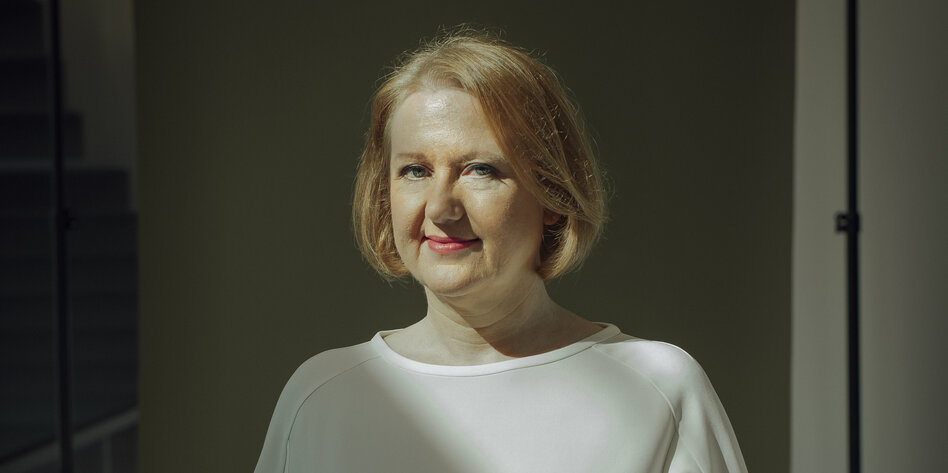This important step, formally called ‘adoption’, recognises that the mission concept and technology are sufficiently advanced, and gives the go-ahead to build the instruments and spacecraft. This work will start in January 2025 once a European industrial contractor has been chosen.
LISA is not just one spacecraft but a constellation of three. They will trail Earth in its orbit around the Sun, forming an exquisitely accurate equilateral triangle in space. Each side of the triangle will be 2.5 million km long (more than six times the Earth-Moon distance), and the spacecraft will exchange laser beams over this distance. The launch of the three spacecraft is planned for 2035, on an Ariane 6 rocket.
Led by ESA, LISA is made possible by a collaboration between ESA, its Member State space agencies, NASA, and an international consortium of scientists (the LISA consortium).
. . .






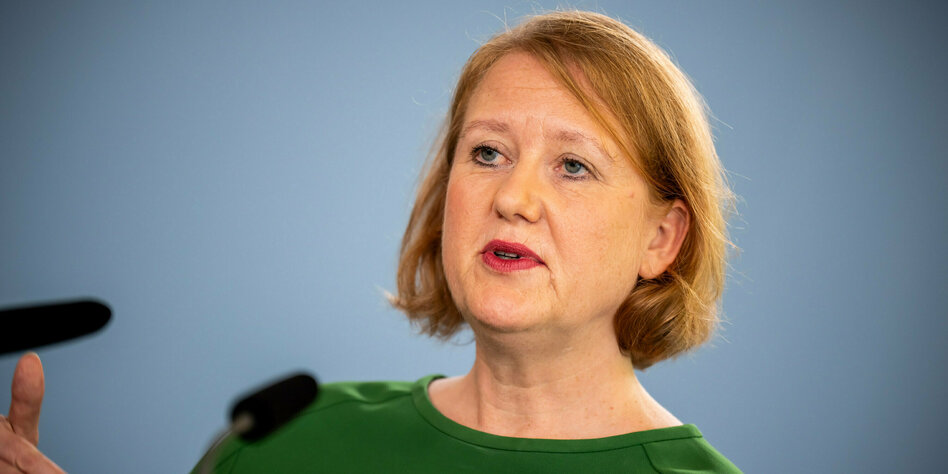


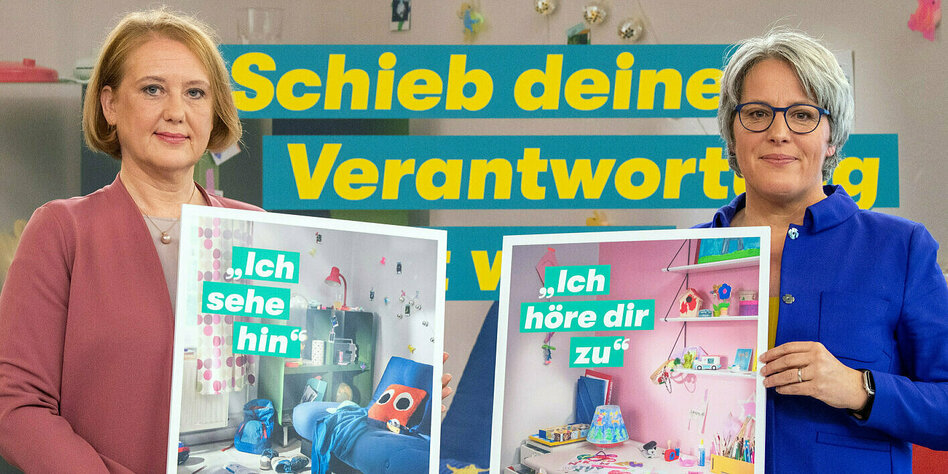

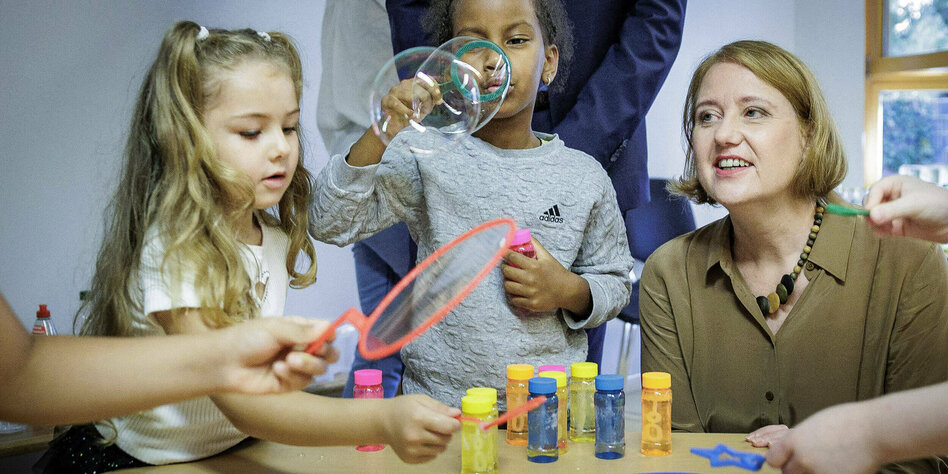
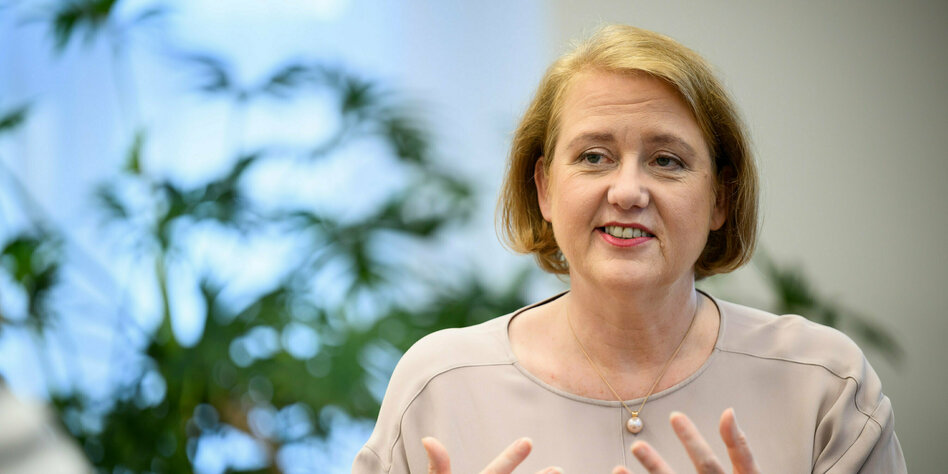
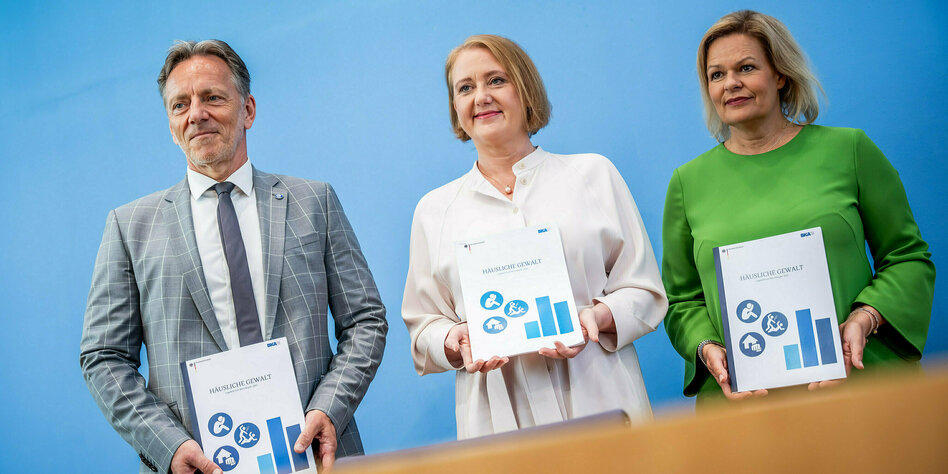
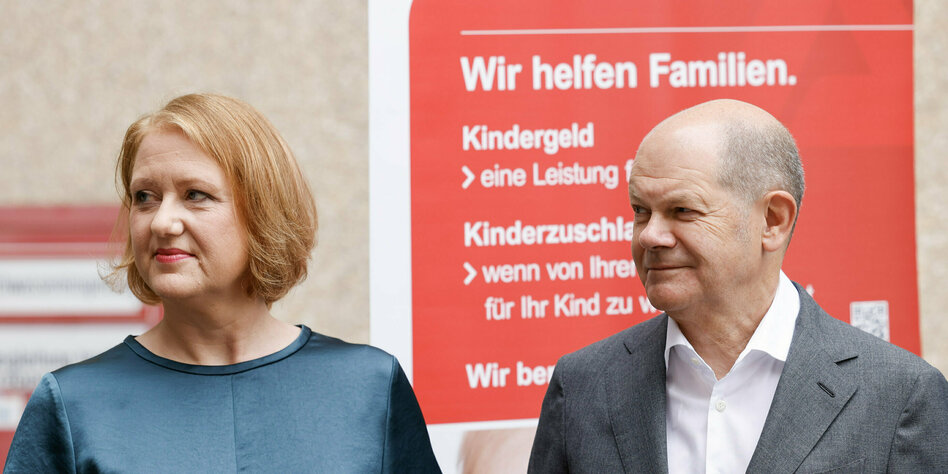
/cdn.vox-cdn.com/uploads/chorus_asset/file/24682588/Lisa_Homepage_and_social_image.jpg)
